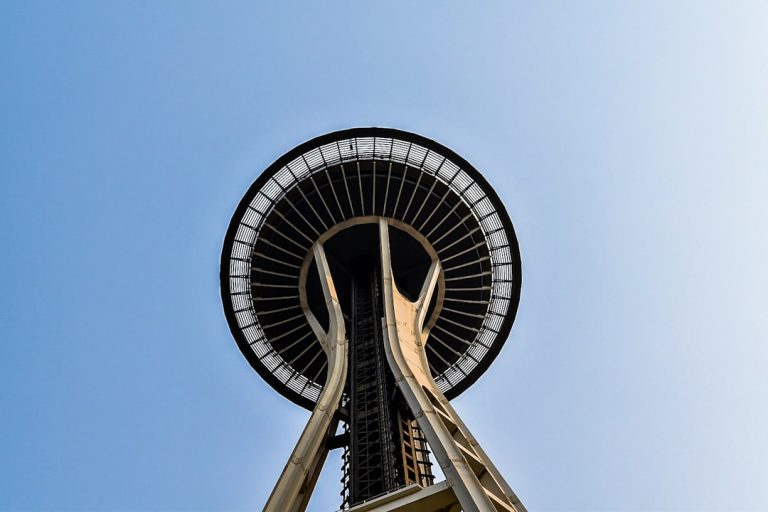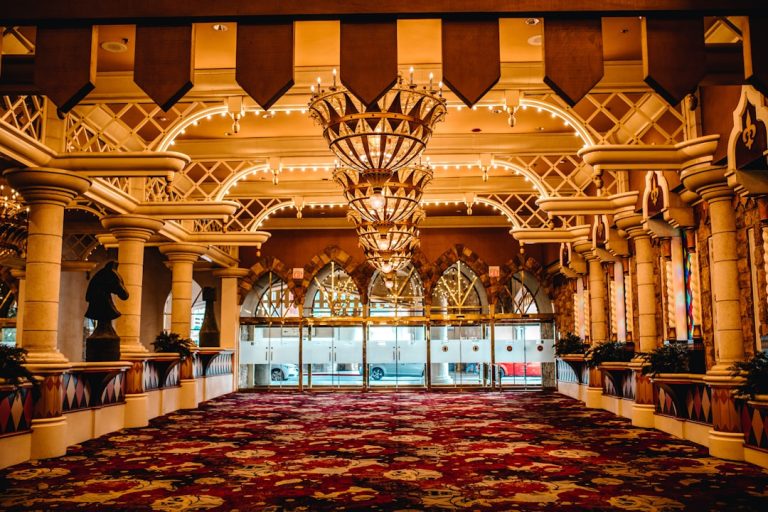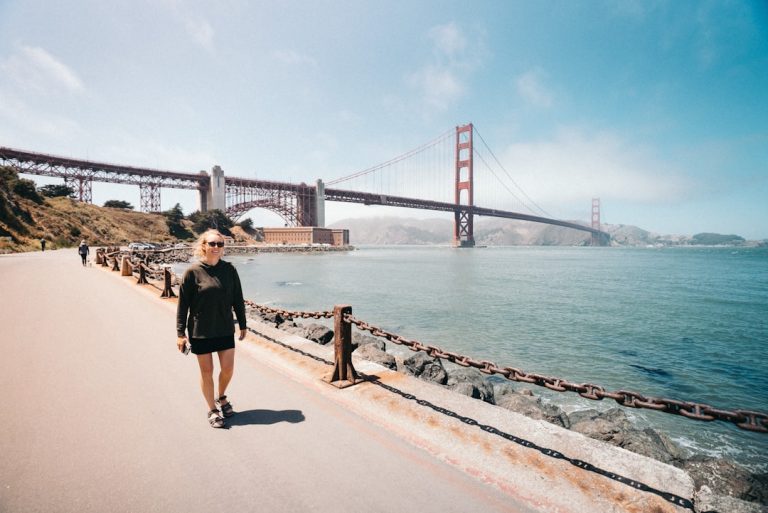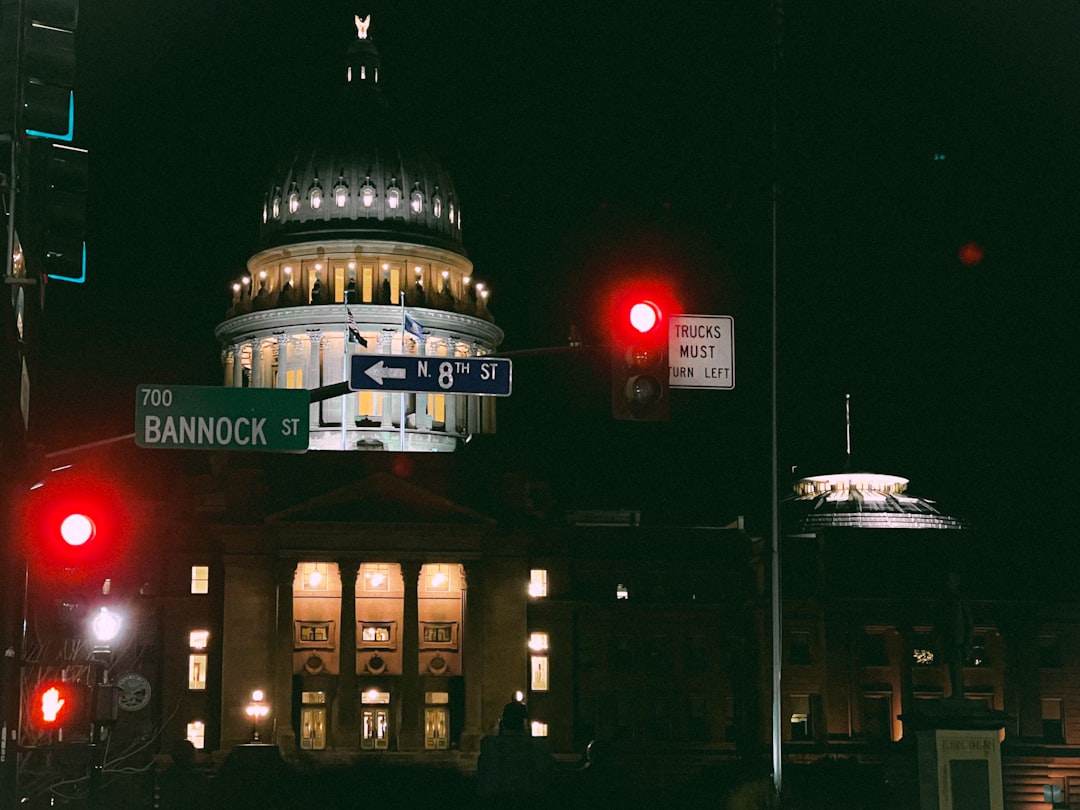
Washington, D.C., the capital of the United States, has a rich and complex history that dates back to its founding in the late 18th century. The city was established as a compromise between the northern and southern states, with the intention of creating a neutral ground for the federal government. The Residence Act of 1790 authorized the creation of a federal district along the Potomac River, and President George Washington himself selected the site, which was originally part of Maryland and Virginia.
The design of the city was entrusted to Pierre Charles L’Enfant, a French engineer and architect who envisioned grand boulevards and public spaces. His ambitious plan laid the groundwork for what would become a symbol of American democracy. As the nation grew, so did Washington, D.The city faced numerous challenges, including the War of 1812 when British forces invaded and burned several government buildings, including the Capitol and the White House.
However, the resilience of the city shone through as it rebuilt and expanded. By the mid-19th century, Washington had transformed into a bustling urban center, reflecting the nation’s growth and diversity. The Civil War era brought further changes, as the city became a hub for military operations and a refuge for freed slaves.
The post-war period saw significant developments, including the construction of iconic monuments and memorials that would come to define the city’s landscape.
Key Takeaways
- Washington, DC was founded in 1790 and has served as the capital of the United States since then, with a rich history that includes the signing of the Declaration of Independence and the Civil Rights Movement.
- Must-see landmarks in Washington, DC include the iconic sites of the National Mall, the White House, the Capitol Building, and the Lincoln Memorial, all of which are steeped in history and significance.
- Hidden gems of Washington, DC can be found in off-the-beaten-path attractions and neighborhoods such as the U Street Corridor, the National Arboretum, and the Kenilworth Park and Aquatic Gardens, offering unique experiences away from the tourist crowds.
- Fascinating facts about Washington, DC include the city’s unique street layout designed by Pierre Charles L’Enfant, the presence of over 175 foreign embassies, and the fact that it was originally built on a swamp.
- Exploring the culture of Washington, DC involves visiting its world-class museums such as the Smithsonian Institution, experiencing its vibrant arts scene in neighborhoods like Adams Morgan, and enjoying entertainment options ranging from theater to live music.
- Navigating Washington, DC is made easier with tips for getting around, including using the efficient Metro system, taking advantage of bike-sharing programs, and making the most of your visit by planning ahead and prioritizing your must-see attractions.
Must-See Landmarks in Washington, DC: Exploring the Capital’s Iconic Sites
Washington, D.C., is home to an array of landmarks that embody the nation’s history and ideals. The National Mall is perhaps the most iconic area, stretching from the Capitol Building to the Lincoln Memorial. This expansive park is lined with monuments commemorating pivotal figures and events in American history.
The Lincoln Memorial, with its imposing statue of Abraham Lincoln seated in contemplation, serves as a powerful symbol of unity and freedom. Visitors often gather on its steps to reflect on Lincoln’s legacy and to participate in civil rights demonstrations, most notably Martin Luther King Jr.’s “I Have a Dream” speech delivered there in 1963. Another must-see landmark is the United States Capitol, which houses the legislative branch of the federal government.
Its distinctive dome is an architectural marvel and a symbol of democracy. Guided tours provide insight into the building’s history, including its role in significant legislative decisions and its transformation over time. Nearby, the Smithsonian Institution offers a collection of museums that are free to the public, showcasing everything from American history to natural science.
The National Air and Space Museum is particularly popular, featuring artifacts like the Wright brothers’ airplane and Apollo 11’s command module.
Hidden Gems of Washington, DC: Off-the-Beaten-Path Attractions and Neighborhoods
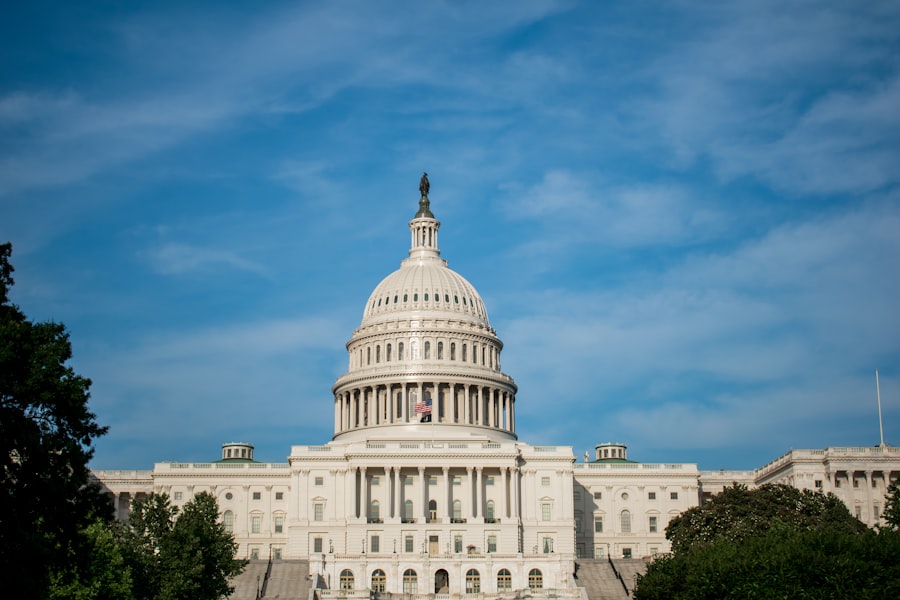
While Washington, D.C., is renowned for its prominent landmarks, it also boasts a wealth of hidden gems that offer unique experiences away from the crowds. One such treasure is the Kenilworth Aquatic Gardens, a serene oasis located in Northeast D.This national park features stunning water lilies and lotus flowers that bloom in summer, attracting visitors seeking tranquility amidst nature. The gardens also provide educational programs about wetland ecosystems and conservation efforts, making it an ideal spot for both relaxation and learning.
Another lesser-known area is the historic neighborhood of Georgetown, which offers charming cobblestone streets lined with boutiques, cafes, and historic homes. The C&O Canal runs through Georgetown, providing opportunities for leisurely walks or bike rides along its scenic towpath. Visitors can explore the neighborhood’s rich history by visiting sites like the Old Stone House, which dates back to 1765 and is one of the oldest surviving structures in D.Georgetown’s vibrant atmosphere is enhanced by its diverse dining options, ranging from upscale restaurants to cozy eateries serving international cuisine.
Fascinating Facts about Washington, DC: Surprising Trivia and Historical Tidbits
| Category | Fact |
|---|---|
| Population | Washington, DC has a population of over 700,000 people. |
| Size | The city spans 68.34 square miles. |
| Monuments | There are over 170 monuments and memorials in the city. |
| Cherry Blossoms | Washington, DC is home to approximately 3,000 cherry blossom trees. |
| Government | It is the capital of the United States and the seat of the federal government. |
Washington, D.C., is filled with intriguing facts that often surprise even seasoned visitors. For instance, did you know that D.is not a state? It was established as a federal district to prevent any single state from having undue influence over the national government.
This unique status has led to ongoing debates about representation and voting rights for D.residents. Despite being home to over 700,000 people, Washingtonians do not have voting representation in Congress, which has sparked movements advocating for statehood. Another fascinating tidbit involves the city’s architecture; many buildings in D.are subject to strict height regulations due to the Height of Buildings Act of 1910.
This law was enacted to preserve sightlines to important landmarks like the Capitol and the Washington Monument. As a result, no building can exceed 130 feet in height (with some exceptions), giving D.its distinctive skyline characterized by low-rise structures that allow for expansive views of its historic monuments.
Exploring the Culture of Washington, DC: Museums, Arts, and Entertainment
Washington, D.C., is not only a political hub but also a vibrant cultural center that offers an array of artistic experiences. The Smithsonian Institution plays a pivotal role in this cultural landscape with its numerous museums dedicated to art, history, science, and culture. The National Gallery of Art houses an impressive collection of European and American masterpieces, including works by artists such as Van Gogh and Monet.
The East Building features modern art exhibitions that challenge traditional notions of creativity. In addition to museums, D.boasts a thriving performing arts scene. The Kennedy Center for the Performing Arts is a premier venue showcasing everything from ballet to Broadway shows.
It hosts performances by world-renowned artists and companies while also offering free daily performances on its Millennium Stage. The city’s diverse neighborhoods contribute to its cultural richness; areas like U Street Corridor are known for their jazz clubs and live music venues that celebrate African American heritage.
Navigating Washington, DC: Tips for Getting Around and Making the Most of Your Visit
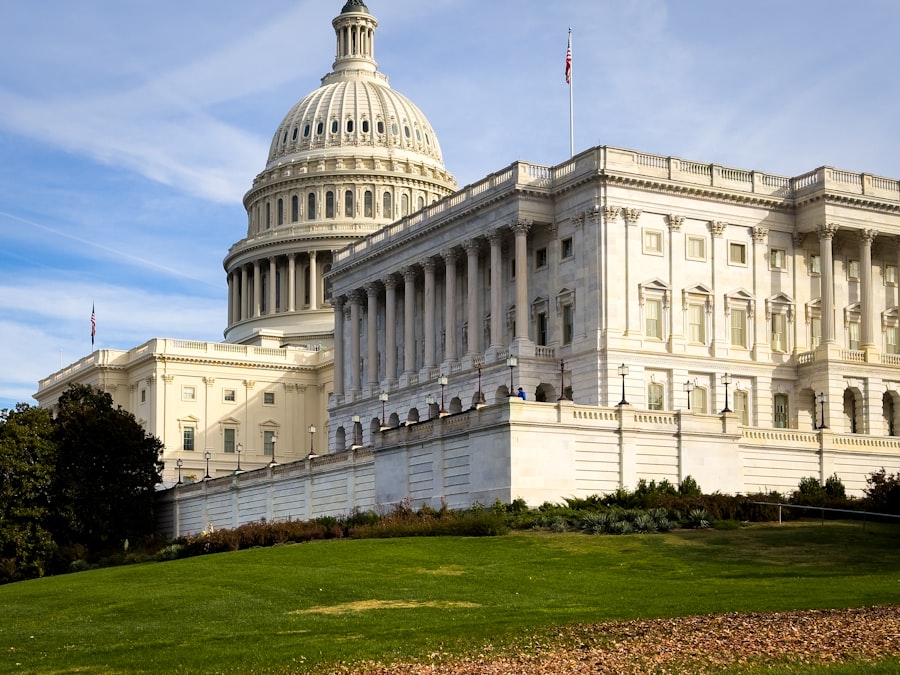
Navigating Washington, D.C., can be an enjoyable experience with various transportation options available to visitors.
Additionally, buses complement metro services and provide access to neighborhoods that may be less accessible by train. For those who prefer exploring on foot or by bike, D.C.’s layout is pedestrian-friendly with many attractions located within walking distance of one another. Capital Bikeshare offers bike rentals at numerous stations throughout the city, allowing visitors to enjoy leisurely rides along scenic routes like the National Mall or along the Potomac River waterfront.
To enhance your visit further, consider downloading navigation apps that provide real-time information on public transportation schedules or walking directions to ensure you make the most of your time in this historic capital city.
If you’re intrigued by the diverse attractions and historical insights provided in the article about Washington, District of Columbia, you might also find interest in exploring more about other places. For instance, the article on Colorado: Places to Visit and Things to See offers a fascinating glimpse into another region rich in natural beauty and cultural heritage. Just as Washington, D.C. boasts iconic landmarks and museums, Colorado offers majestic landscapes and outdoor adventures, making it another exciting destination for travelers seeking both knowledge and recreation.
FAQs
What is the history of Washington, D.C.?
Washington, D.C. was established as the capital of the United States in 1790. It was named after George Washington, the first President of the United States, and was designed by Pierre Charles L’Enfant.
What are some interesting facts about Washington, D.C.?
Washington, D.C. is not a state, but a federal district. It is home to the White House, the Capitol Building, and the Supreme Court. The city is also known for its iconic monuments and memorials, including the Lincoln Memorial, the Washington Monument, and the Vietnam Veterans Memorial.
What are some popular places to visit in Washington, D.C.?
Some popular places to visit in Washington, D.C. include the National Mall, which is home to many of the city’s iconic monuments and museums, the Smithsonian Institution, which is a group of museums and research centers, and the National Gallery of Art, which houses a vast collection of artwork.
What are some things to see in Washington, D.C.?
In addition to the monuments and museums, visitors to Washington, D.C. can also explore the city’s vibrant neighborhoods, such as Georgetown and Adams Morgan, and enjoy the diverse culinary scene, which includes a wide range of international cuisines.
